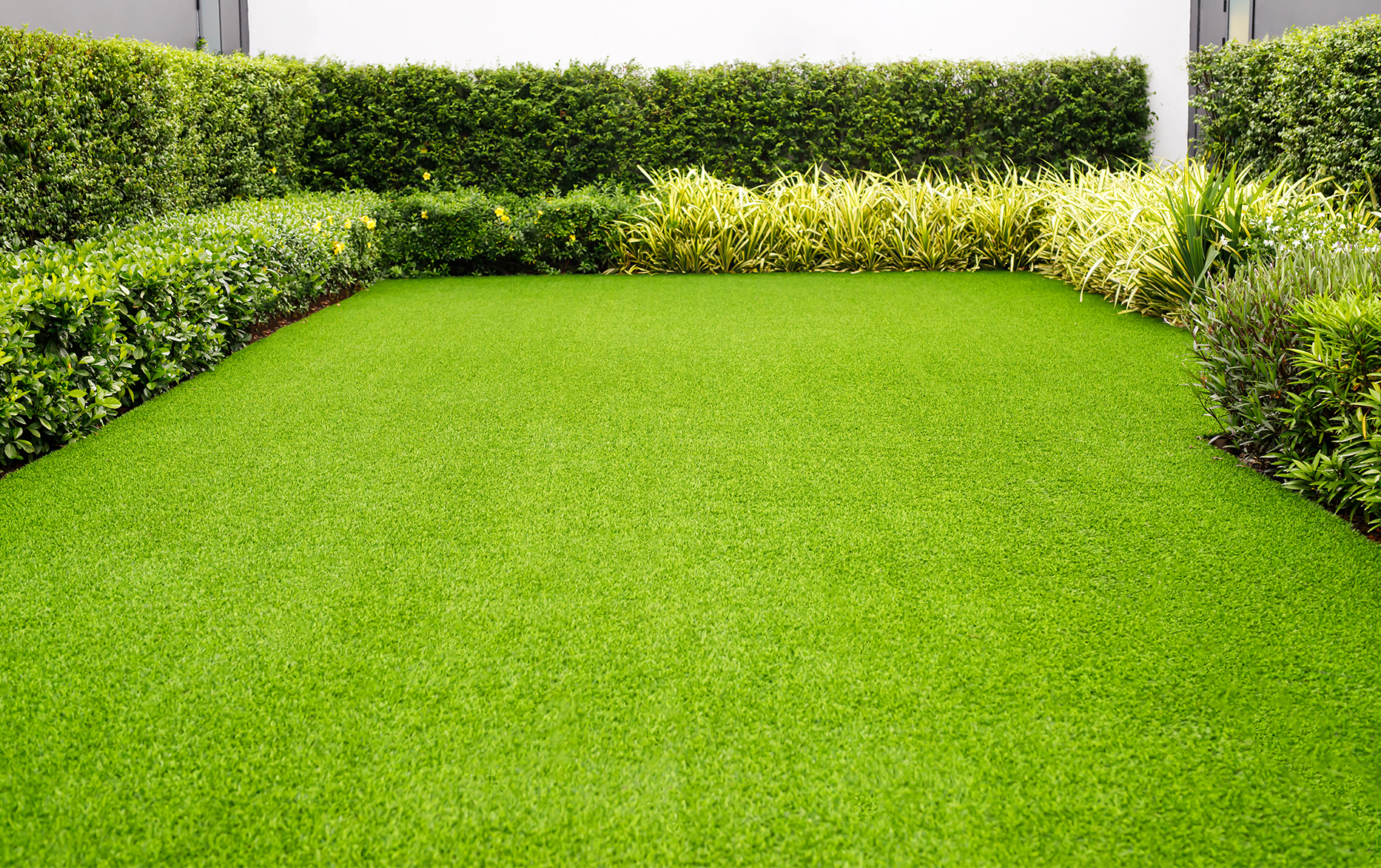Look Into the Environmental Benefits of Opting for Artificial Turf Solutions
The adoption of synthetic lawn solutions provides an engaging opportunity to attend to pushing environmental difficulties. By significantly minimizing water usage and lessening the application of damaging chemicals, these choices not only advertise lasting landscape design but likewise shield local environments.
Water Preservation Benefits
One of the most significant advantages of man-made grass is its ability to conserve water. In contrast, artificial lawn does not require watering, substantially decreasing the overall demand for water sources.
By removing the need for normal watering, synthetic grass adds to sustainable landscape methods and assists minimize the environmental effect of excessive water usage. The preservation of water extends to the decrease of runoff, which can lead to soil disintegration and waterway contamination.
In addition, the installment of man-made lawn allows communities and homeowners to allocate water resources a lot more efficiently, concentrating on crucial usages such as drinking water and farming. The change towards synthetic grass not only promotes accountable water usage but likewise straightens with broader ecological goals targeted at maintaining natural sources.
As areas progressively prioritize sustainability, the water preservation advantages of synthetic grass provide a compelling case for its adoption in business and property landscaping projects.
Reduced Chemical Use
The change to man-made turf considerably decreases the dependence on chemical therapies generally made use of in natural grass upkeep. Traditional turf monitoring commonly involves the application of herbicides, pesticides, and fertilizers to promote development and control bugs. These chemicals can position threats to human health and wellness, local wild animals, and the environment, adding to soil and water contamination.
On the other hand, fabricated grass removes the need for these damaging substances. When mounted, it needs minimal upkeep, primarily being composed of regular cleansing and irregular infill replenishment. This decrease in chemical usage not just profits the immediate setting but likewise adds to broader eco-friendly security. By decreasing the launch of artificial substances right into the environment, artificial grass promotes much healthier dirt and water supply.
Furthermore, the lack of chemical overflow connected with synthetic grass installations assists shield regional rivers from pollution, supporting aquatic life and preserving biodiversity. Arizona artificial turf. As areas significantly focus on lasting methods, deciding for synthetic grass presents a sensible remedy that straightens with ecological conservation objectives. Via this shift, property proprietors can appreciate lush eco-friendly areas without compromising environmental health, leading the way for a more sustainable future
Reduced Carbon Impact

Additionally, the setup of fabricated lawn can cause significant water preservation. Natural yards need substantial amounts of water for watering, which not just includes in important site the carbon impact related to water removal and therapy yet likewise stress neighborhood water sources. In comparison, synthetic lawn needs marginal maintenance, needing no watering, therefore significantly minimizing water use and its connected energy prices.
Furthermore, the longevity of synthetic grass adds to its reduced carbon influence. With a life-span of approximately 15 years or even more, the need for frequent substitutes is decreased, causing less waste and reduced energy usage in production and getting rid of traditional yard options. In general, artificial grass offers a sustainable alternative for eco conscious landscaping.
Habitat Preservation
Environment conservation is a crucial consideration in the argument over landscape design options, especially when comparing synthetic grass to all-natural lawn. All-natural grass lawns typically require comprehensive maintenance, consisting of the usage of pesticides, herbicides, and fertilizers, which can detrimentally influence local ecosystems. These chemicals can seep right into the soil and rivers, hurting native plants and fauna and interfering with regional habitats.
Synthetic grass gets rid of the need for dangerous chemicals, therefore protecting nearby wild animals and maintaining the integrity of surrounding communities. The setup of man-made grass can lead to the conversion of former turf areas into more biodiverse landscapes, such as pollinator yards or indigenous plant locations, which can support regional wildlife.
Eventually, the transition to synthetic grass not only saves water and minimizes upkeep efforts however additionally cultivates an extra unified partnership in between human activities and the native environment, advertising environment preservation while doing so.
Long-Term Sustainability
Long-term sustainability is an essential consider examining the advantages of synthetic grass over standard turf lawns. Among the most significant advantages of man-made turf is its sturdiness; it can last up to 15-20 years with marginal maintenance, whereas all-natural turf requires constant reseeding and replacement. This long life minimizes the requirement for constant sources, such as water, fertilizers, and pesticides, which are essential for keeping a healthy and balanced turf lawn.
In addition, fabricated turf contributes to a reduction in carbon exhausts connected with yard care tools. Conventional grass commonly need gas-powered mowers, leaners, and blowers, every one of which add to air contamination. Turf installation phoenix az. On the other hand, synthetic grass gets rid of the need for such tools, advertising a cleaner setting
Furthermore, the production of man-made grass increasingly makes use of recycled materials, boosting its sustainability profile. As manufacturers take on green methods, the ecological Home Page impact of synthetic grass remains to lessen.

Verdict
The fostering of fabricated lawn solutions provides substantial environmental advantages, consisting of significant water preservation, reduced reliance on dangerous chemicals, and a lower carbon impact. Furthermore, synthetic grass help in preserving all-natural environments by decreasing land disturbance and promoting lasting sustainability via using resilient products. Jointly, these variables emphasize the capacity of fabricated lawn to contribute favorably to environmental health and wellness and offer a viable alternative to conventional landscaping methods in a progressively resource-conscious world.
In comparison, man-made lawn does not require watering, dramatically minimizing the overall need for water resources. By decreasing the release of artificial substances into the ecological community, man-made turf advertises healthier dirt and water systems.
Furthermore, the installment of my sources artificial grass can result in considerable water preservation. In contrast, fabricated turf requires marginal maintenance, needing no watering, consequently significantly minimizing water use and its connected power costs.
